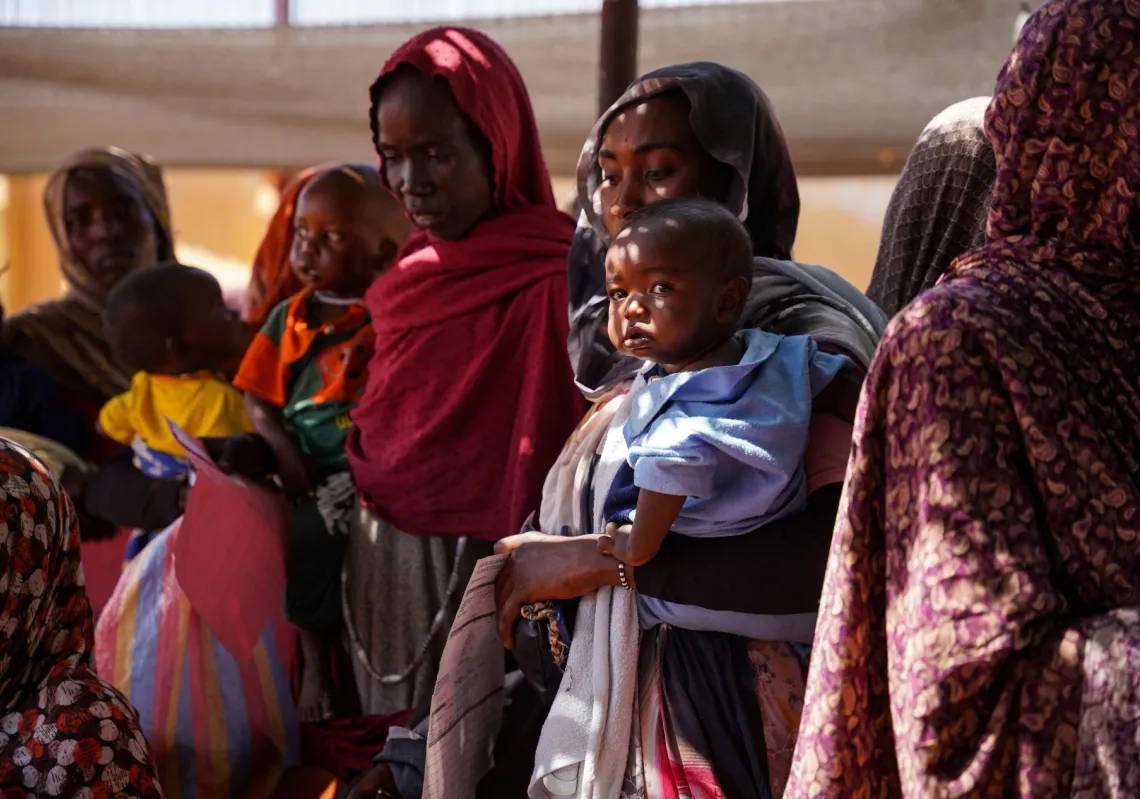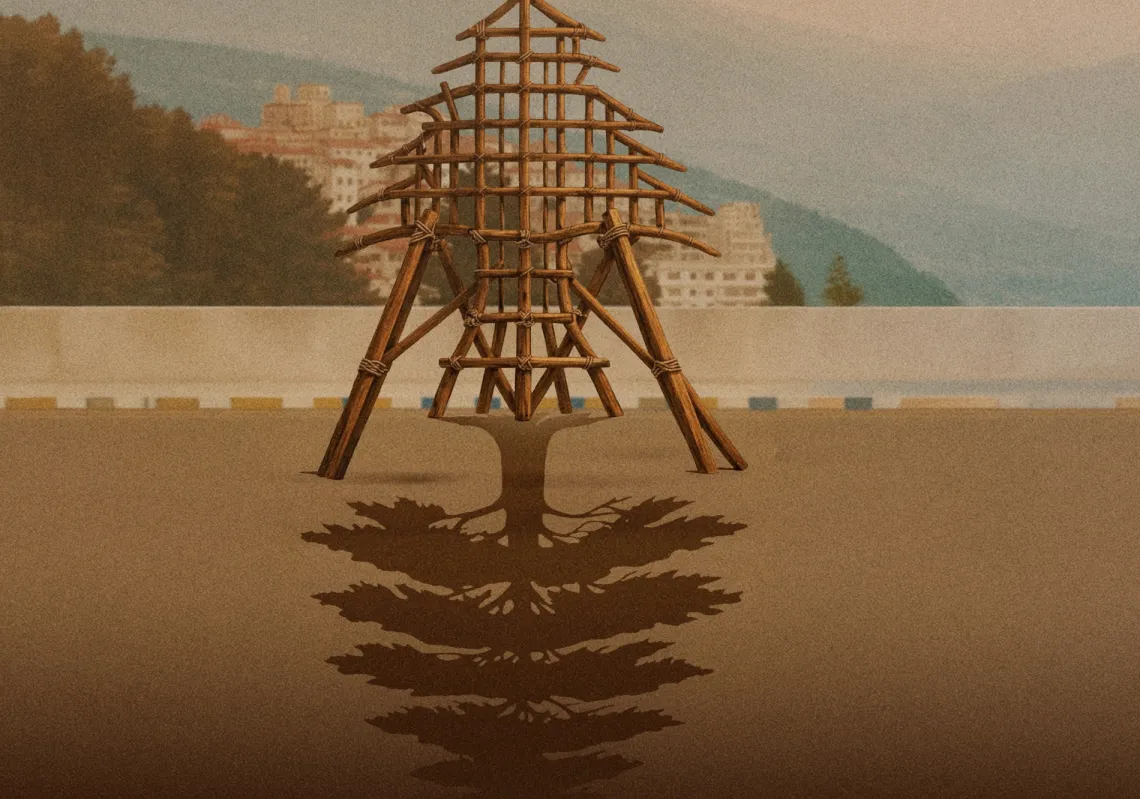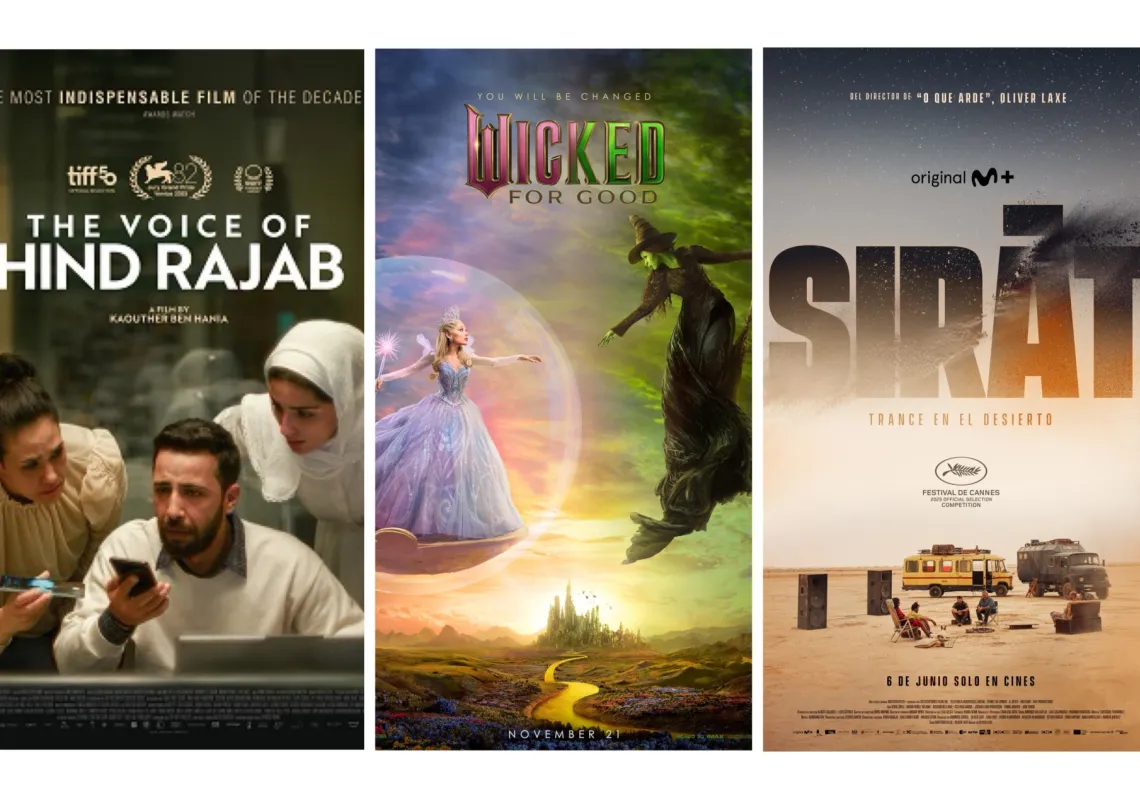Crime and police thrillers have long appealed to both new and established writers. The genre offers a tried-and-tested template into which the author can weave their own characters and plotline.
It is a crowded field for good reason: its worldwide popularity. Readers have always enjoyed trying to work out who the perpetrator is, based on suspected motives and opportunity.
The ‘whodunnit’ has made literary stars out of the likes of Agatha Christie, Arthur Conan Doyle, and Georges Simenon, but until recently, the genre had never really caught on in the Arab world. That appears to be changing.
Judging by some of their recent output, Arab authors seem to have turned to crime writing. For decades, it was seen as something for youth literature, dismissed by critics.
Recent crime novels have caught attention for their high literary standards, with a mastery of language together with a skilled depiction of settings, societies, and eras. Al Majalla looks at four good examples.
Publication Ban
In Publication Ban by novelist and screenwriter Haitham Dabbour (2021), we are taken back in history to one of the most famous of all murder tales: One Thousand and One Nights, or Arabian Nights as it is often called in English.
This follows the king, Shahryar, whose wife is flagrantly unfaithful. He has her killed, then marries a virgin, only to have killed in the morning, so she cannot be unfaithful to him. This continues, with a new virgin wife killed every day, until there are few left.
His aide’s daughter Scheherazade offers herself as Shahryar’s next wife and saves her life through storytelling. Before they go to sleep, she tells Shahryar a story but does not end it.
He wants to hear the end, so does not kill her. The next night, she finishes the story and starts another, but does not end that one either. And so it goes on, for 1,001 nights.
Publication Ban links this ancient and captivating narrative with a contemporary crime of harassment involving a minister and a senior state official.

Unlike the traditional ‘who-did-it’ crime format, Dabbour’s novel identifies the perpetrator from the very first lines, then follows the repercussions and responses to this crime and how it is confronted.
Mona, a secretary and victim, faces this crime supported by her father and fiancé. Dabbour draws a parallel between Scheherazade (and her means of escaping death) and Mona, whose voice is being silenced by those around her out of fear of scandal.













